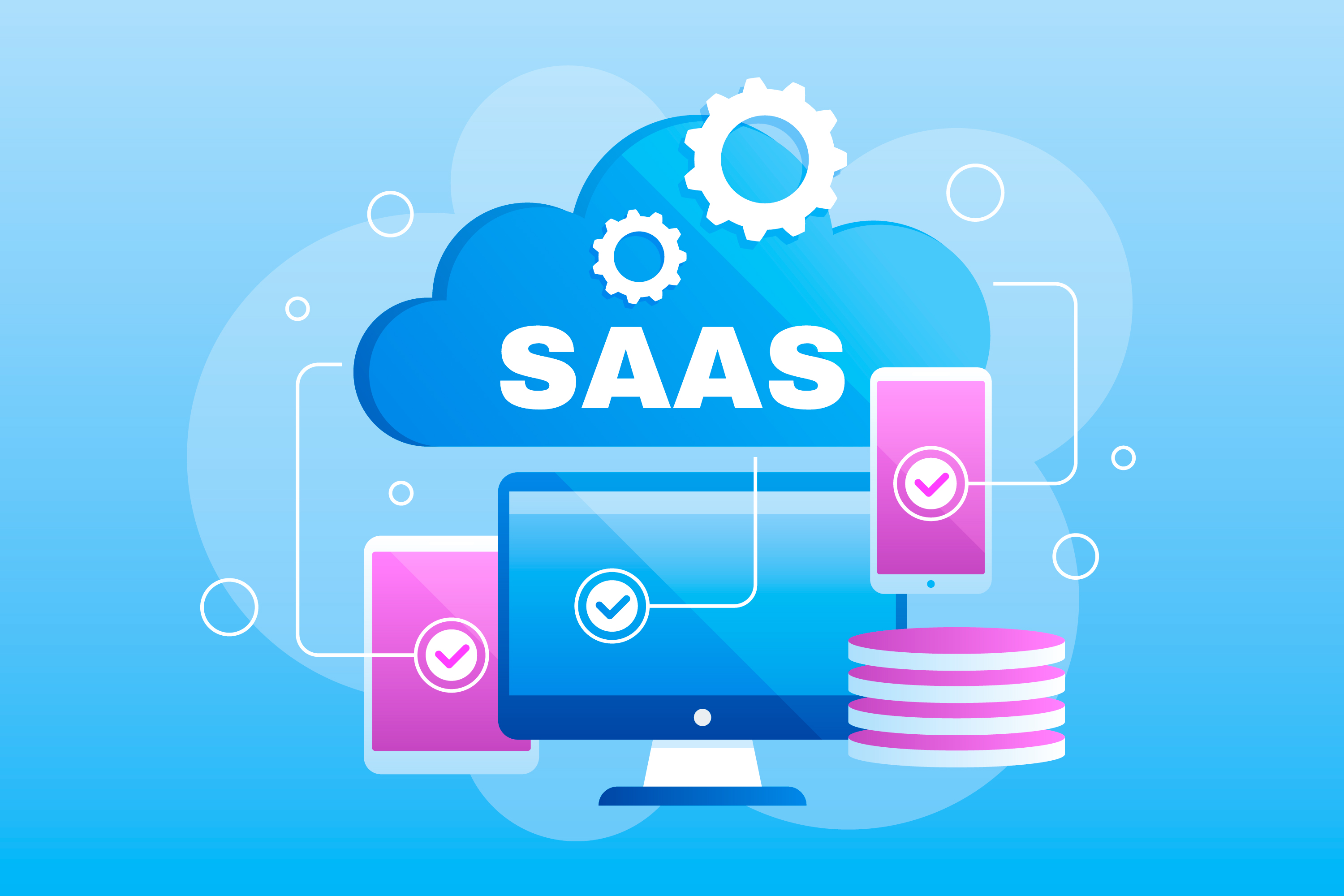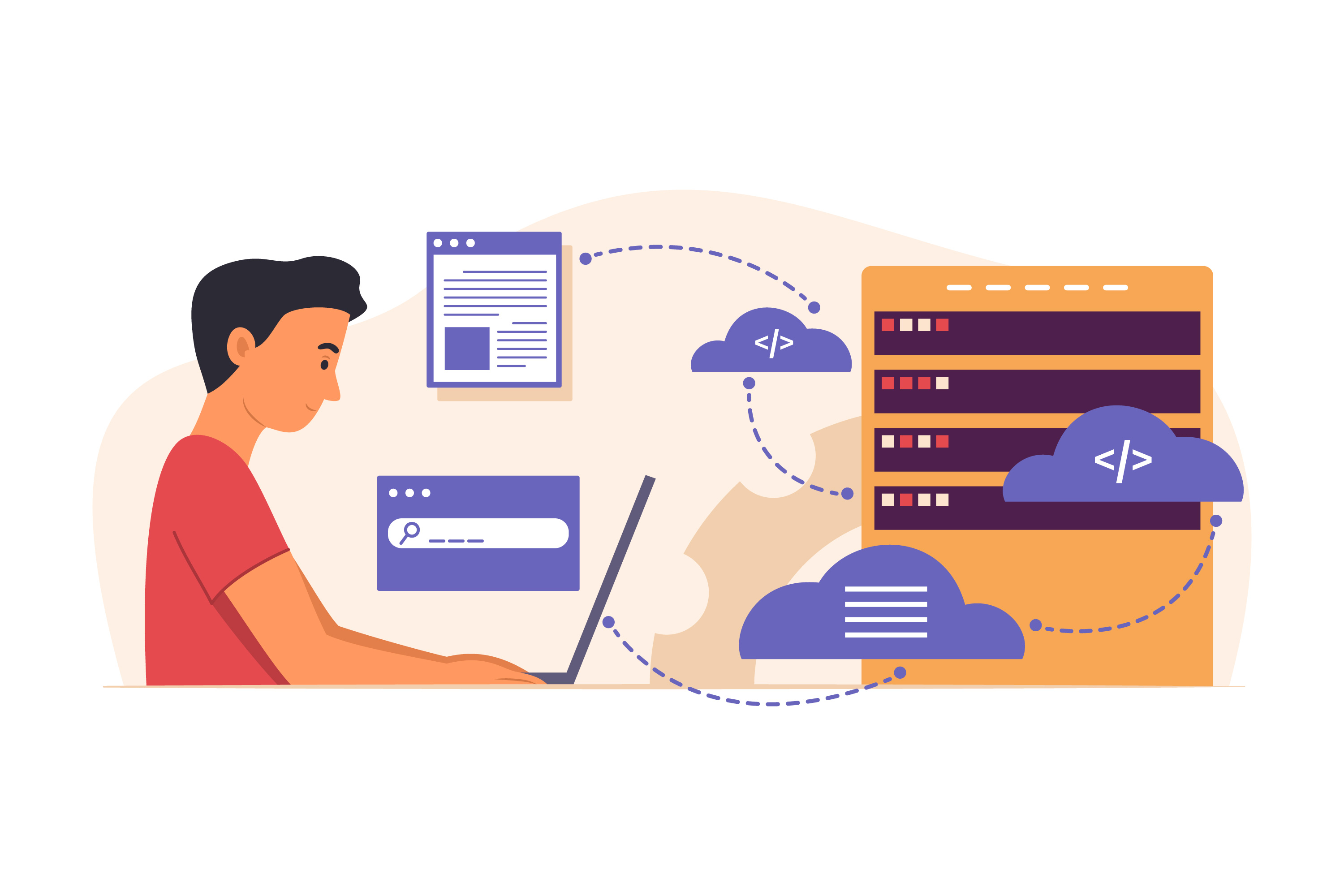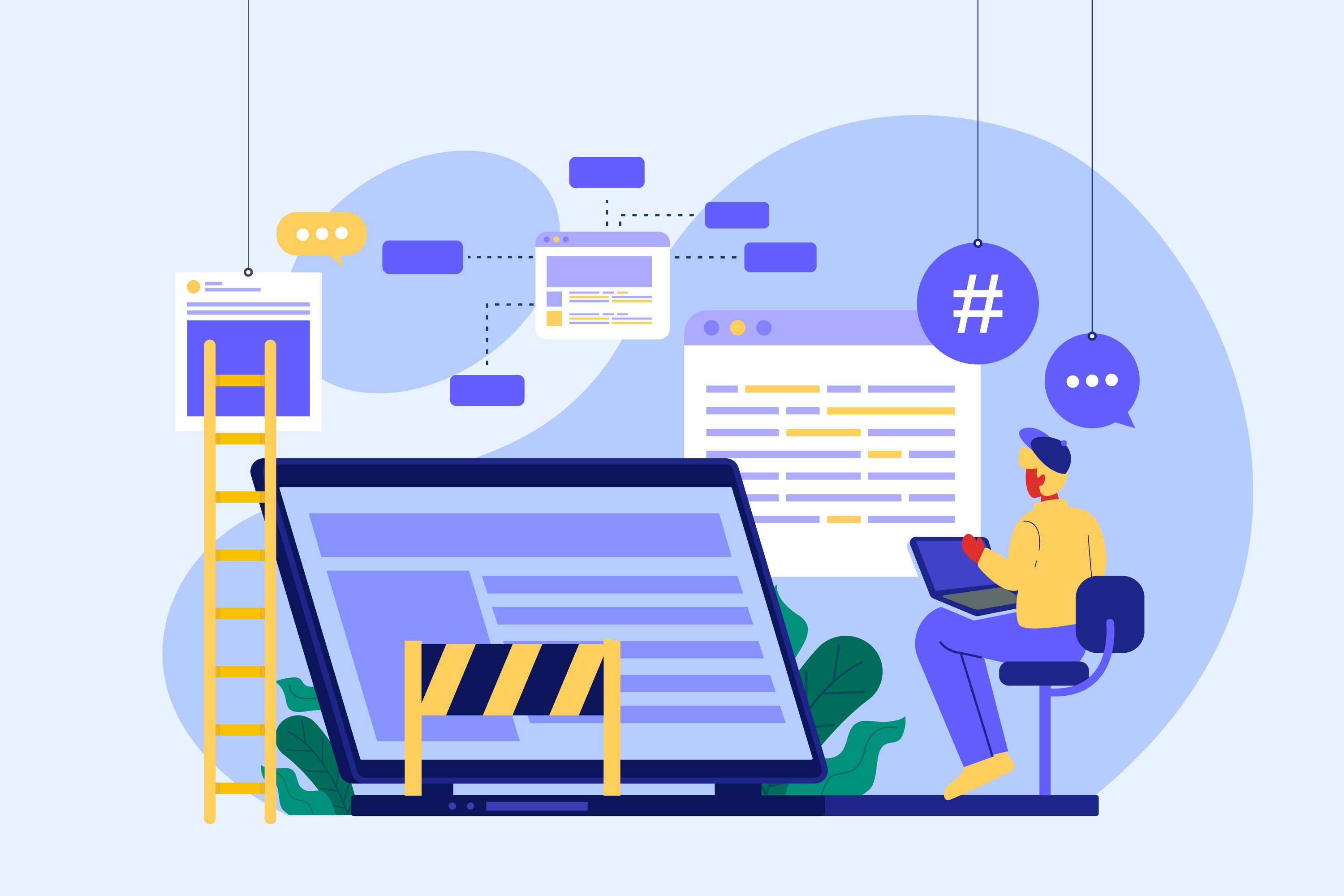Building apps used to take months. Now, with SaaS low code, it can take just a few days. Low-code platforms let people create software with simple drag-and-drop tools, not long lines of code. This means developers, teams, and even business people can build or update software faster.
In SaaS low code, you don’t need a big team of experts to launch a working product. It’s now easier to test ideas, fix problems, and get tools into the hands of users. In 2025, this approach will keep growing because more people want easy ways to create apps that solve real problems without spending too much time or money. And that’s where low-code steps in.

10 Benefits of Using Low-Code SaaS Development
Software used to take months or years to build. Teams needed many developers, lots of planning, and a big budget. But in 2025, things have changed. Thanks to low-code SaaS development, people can build apps faster, easier, and without deep technical skills. Gartner predicts that the low-code application platform (LCAP) market will reach $16.5 billion by 2027, which shows the growing popularity of it.
With low-code application development, users work with blocks and templates. They connect pieces instead of writing long lines of code. That means businesses, freelancers, and even students can create real apps or websites with less time and stress. This works well not just for websites, but for even small tools inside larger projects using micro frontend architecture.
1. Build Faster Without Starting From Scratch
One of the biggest advantages of low-code platforms is speed. You don’t have to build every small feature by hand. Many things—like user sign-ups, dashboards, or calendars—are ready to use.
Let’s say you run a fitness studio. You want an app to book classes, collect payments, and send reminders. With low-code capabilities, you can drag in a payment block, connect a booking calendar, and set up emails—all without writing code. What used to take months can be done in days.
Speed matters. When you move fast, you can test ideas sooner, launch quicker, and make changes as you go.
2. Save Money on Development
Hiring developers costs a lot. Even a small project may need a full team—back-end, front-end, testing, and more. With low-code SaaS development, you can cut costs.
For example, a small e-commerce store can create its own inventory and sales app. They don’t need to hire a big agency. One or two people with some training can do it. You don’t just save on building the app—you also save on fixing and updating it later. According to the research, the average software developer in the U.S. earns $110,140, and using low-code can help a company avoid hiring two developers, saving about $4.4 million over three years.

3. Easier to Change and Update
Things change quickly. Maybe you want to add a feature or remove one. In regular development, even a small change can take weeks. With low-code development applications, you just open the tool, click the part you want to change, and update it.
For instance, if your app needs a new “chat with us” button, you don’t need to wait for a developer. Drag in a chat feature and connect it to your email. Done in minutes. This is helpful in web application development, where quick updates keep users happy.
4. Not Just for Developers
With low-code capabilities, people outside the tech team can join the process. Designers, marketers, and even business owners can help build or change the product. Let’s say you’re a restaurant manager. You want to make an app showing the daily menu, letting people order, and sending alerts for discounts. With a low-code tool, you can make this app yourself, or at least do half of it before asking a developer. This means more people can bring ideas to life without waiting for someone else.
5. Great for Trying Out New Ideas
Sometimes, you don’t need a full product. You just want to test a feature or see how users react. That’s where low-code helps a lot.
Say you run a small learning platform. You want to test a quiz feature. You can build a quick version using low-code development applications, share it with a few users, and collect feedback. If people like it, you can improve it later. If not, no problem—you didn’t spend much time or money.
6. Comes With Pre-Built Tools
Many low-code SaaS development platforms include tools like forms, charts, tables, and even payment systems. These are ready to use. That’s a big help. Let’s say you want a customer feedback form. You don’t have to design and code it. Just choose a ready one, add your own questions, and connect it to your email or database. These small things save hours of work and let you focus on what really matters—your idea.
7. Easy to Work With Across Teams
In many companies, developers, marketers, and sales teams all need the same app. But they speak different “languages.”
Low-code tools fix this by making things visual. You don’t just see lines of code—you see blocks, buttons, and menus. Everyone on the team can understand what’s going on. If your sales team wants a new report feature, they can help build it or at least explain it clearly using the same tool. This avoids long meetings or misunderstandings. This shared understanding is especially useful in mobile app development, where the user experience matters a lot.

8. Better for Fixing Bugs
All software has bugs. But with low-code platforms, they’re often easier to find and fix. Let’s say a user can’t log in. You open the app, check the login block, and see what went wrong. No need to search thousands of code lines. You spot the issue and fix it in a few clicks.
This is one of the overlooked advantages of low-code platforms—problems get solved faster and with less confusion.
9. Helps You Build for Multiple Devices
Today, people use phones, tablets, and laptops. Your app needs to work on all of them. Low-code tools usually come with a responsive design. That means your app changes shape to fit different screens. You don’t need to build a new version for mobile.
For example, a yoga teacher might build a booking app. It looks good on a desktop and also works well on a student’s phone. That’s a big time-saver and means fewer support issues.
10. Good for Growing Businesses
As your business grows, you need to change how your app works. You may need more features, more users, or better performance. With low-code SaaS development, many platforms let you grow step by step. You can start with a simple version and add features later.
For instance, a local bakery might first build an app for online orders. A few months later, they add customer accounts, rewards, and delivery tracking—all using the same tool. This way, you grow when you're ready. You don’t need to rebuild from zero.
Recent coverage highlights how AI-powered coding tools—Bolt, Replit, and Cursor—are fueling a shift in how companies decide whether to buy or build software. “AI-native developers” who use low-code or AI assistance can rapidly build internal apps, sometimes replacing paid SaaS tools. This trend is starting to reshape traditional SaaS economics
Low-code development applications make it easier for more people to build useful software. You don’t need to be a full-time developer. You don’t need a huge budget. What you do need is a good idea and the will to try. The advantages of low-code platforms are clear: faster building, lower costs, easy updates, and better teamwork. These tools open doors for people who were once left out.
In 2025, more businesses—from small shops to large companies—are turning to low-code SaaS development because it saves time, money, and energy. It doesn’t replace developers, but it does give more people the power to build and improve software.
Contents
1. 10 Benefits of Using Low-Code SaaS Development
2. 1. Build Faster Without Starting From Scratch
3. 2. Save Money on Development
4. 3. Easier to Change and Update
5. 4. Not Just for Developers
6. 5. Great for Trying Out New Ideas
7. 6. Comes With Pre-Built Tools
8. 7. Easy to Work With Across Teams
9. 8. Better for Fixing Bugs
10. 9. Helps You Build for Multiple Devices
11. 10. Good for Growing Businesses
Back to the top
